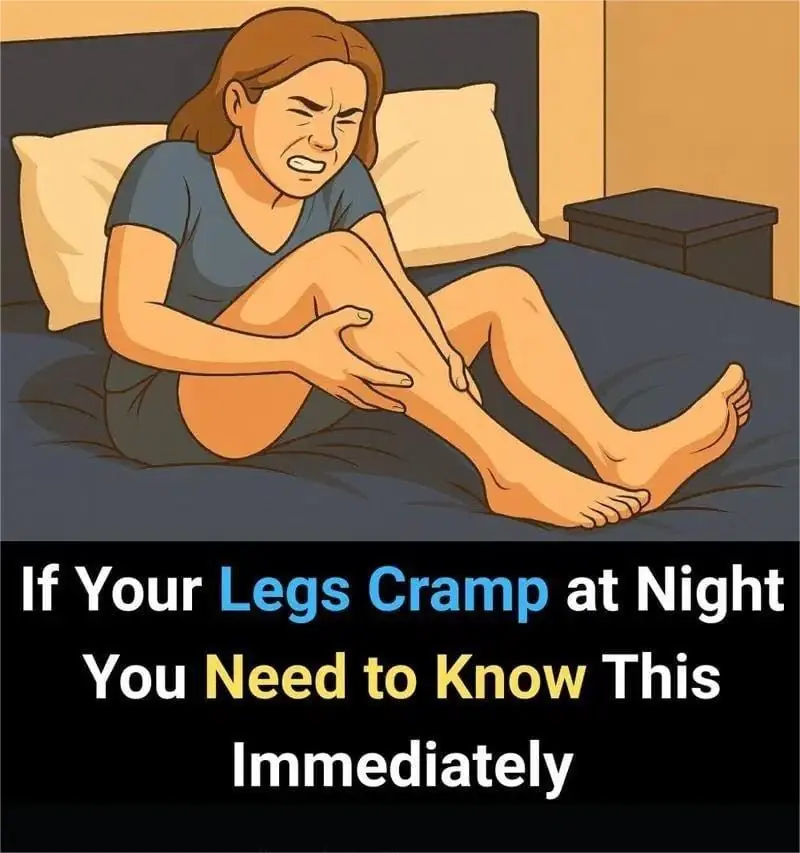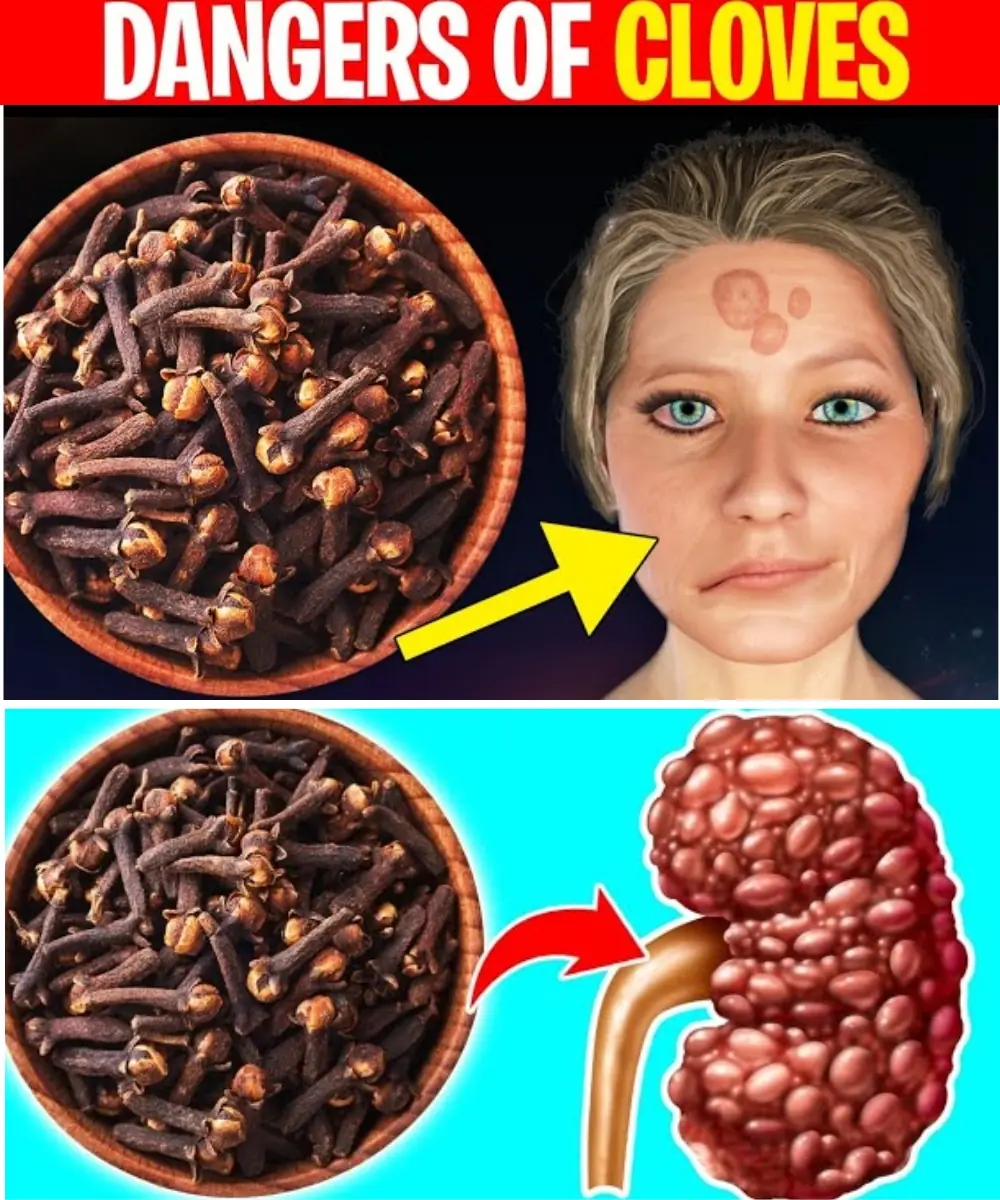
Why Your Legs Cramp At Night (And How to Fix It)
Leg cramps are a symptom many people experience chronically, often striking in the middle of the night. While sometimes they disappear for a few evenings, they tend to return with greater intensity, leaving sufferers both frustrated and exhausted. Beyond the immediate pain, leg cramps can rob us of the restorative sleep we need to recover from the stressors of daily life.
These cramps may be caused by several underlying factors, which can vary from person to person. One common cause I frequently observe in clinical practice is reduced fluid intake and inadequate blood flow to the legs. However, many other nutritional and lifestyle factors also play a role.
What Causes Leg Cramps?
Magnesium Deficiency
Magnesium is an essential mineral involved in hundreds of enzymatic reactions throughout the body. It is also critical for skeletal muscle relaxation, which is why a deficiency often shows up as muscle cramping. Many patients with leg cramps have insufficient magnesium levels.
-
Food sources: Nuts and seeds such as almonds, brazil nuts, and flaxseeds are excellent natural sources.
-
Supplements: Some people may benefit from magnesium supplementation in the range of 100 mg taken two to three times daily, though doses should be tailored to the individual. Be cautious: high doses may lead to loose stools or diarrhea. It’s important to find the lowest effective dose and, ideally, to seek professional advice before beginning supplementation.
Vitamin D Deficiency
Calcium plays a central role in muscle contraction and relaxation, but without adequate vitamin D, the body cannot properly absorb calcium. Even individuals eating a balanced diet rich in vegetables can still experience cramps if their vitamin D levels are low.
-
Sunlight exposure: The most natural source of vitamin D. Unfortunately, in areas with long winters or frequent cloud cover, this is not always sufficient.
-
Dietary sources: Mushrooms and seafood are good alternatives.
-
Supplements: Many people take vitamin D in capsule or liquid form, often starting at 1000 IU per day with meals, since it is fat-soluble. As always, professional guidance is recommended.
How to Prevent Leg Cramps
In addition to addressing nutrient deficiencies, there are several lifestyle adjustments that can reduce or even eliminate cramps.
Stretching
Regular stretching improves circulation and keeps muscles supple. One effective stretch involves standing with the ball of your foot on a low ledge (heel on the floor), then gently leaning forward as if pressing a car accelerator. Hold for a few seconds, then release. Repeat 6–8 times for each leg. This helps release tightness in the calves—the most common site of cramps.
Hydration
Dehydration is another common culprit. High-fiber diets, in particular, increase the body’s water requirements. Aim for at least 2 liters of water daily, adjusting based on climate, activity level, and fiber intake.
Acupuncture
Traditional Chinese Medicine views nighttime cramps as a sign of imbalances in blood circulation during the body’s “Yin” phase. Acupuncture treatments can help optimize circulation, relieve cramping, and restore balance. Many patients find a series of sessions effective in providing long-term relief.
Massage
Massage therapy works by compressing and releasing muscle tissue, mimicking the pumping action of the heart. This stimulates circulation and reduces tension. Applying firm but gentle pressure with the thumbs on tender points can release trigger points and restore muscle softness. Self-massage not only relieves cramps but also deepens body awareness and self-care.
The Role of Stress and Mental Well-Being
It’s important not to overlook the mental-emotional dimension of leg cramps. Chronic stress, overwork, and emotional strain can lock the body into a constant “fight-or-flight” sympathetic mode. When this happens, the body struggles to shift into the parasympathetic mode required for rest, recovery, and muscle repair.
A simple practice to counteract this involves dedicating a few minutes before bed to deep breathing and gratitude reflection. This lowers stress, enhances relaxation, and primes the body for restorative sleep—helping prevent cramps that stem from tension and exhaustion.
Take-Home Message
Nighttime leg cramps are common but not inevitable. Whether due to magnesium or vitamin D deficiencies, dehydration, poor circulation, or emotional stress, there are practical steps to address the root causes. Nutrient-rich diets, proper hydration, stretching routines, and complementary therapies like acupuncture or massage can all play a role in keeping cramps at bay.
Ultimately, prevention is about balance: caring for the body physically, replenishing it nutritionally, and nurturing it emotionally. By doing so, you can protect both your sleep and your overall quality of life.
News in the same category


Discover the Hidden Treasure in Your Home: Kalanchoe and Its Medicinal Properties

7 Powerful Fruits That May Help Prevent and Fight Cancer
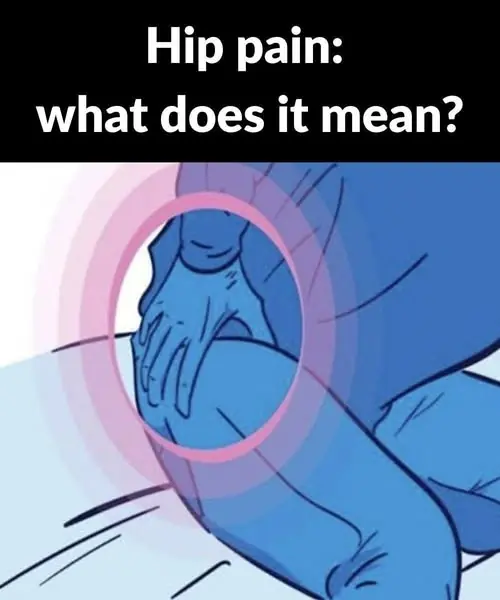
🦵 Hip Pain: What Does It Mean? Common Causes & When to Seek Help
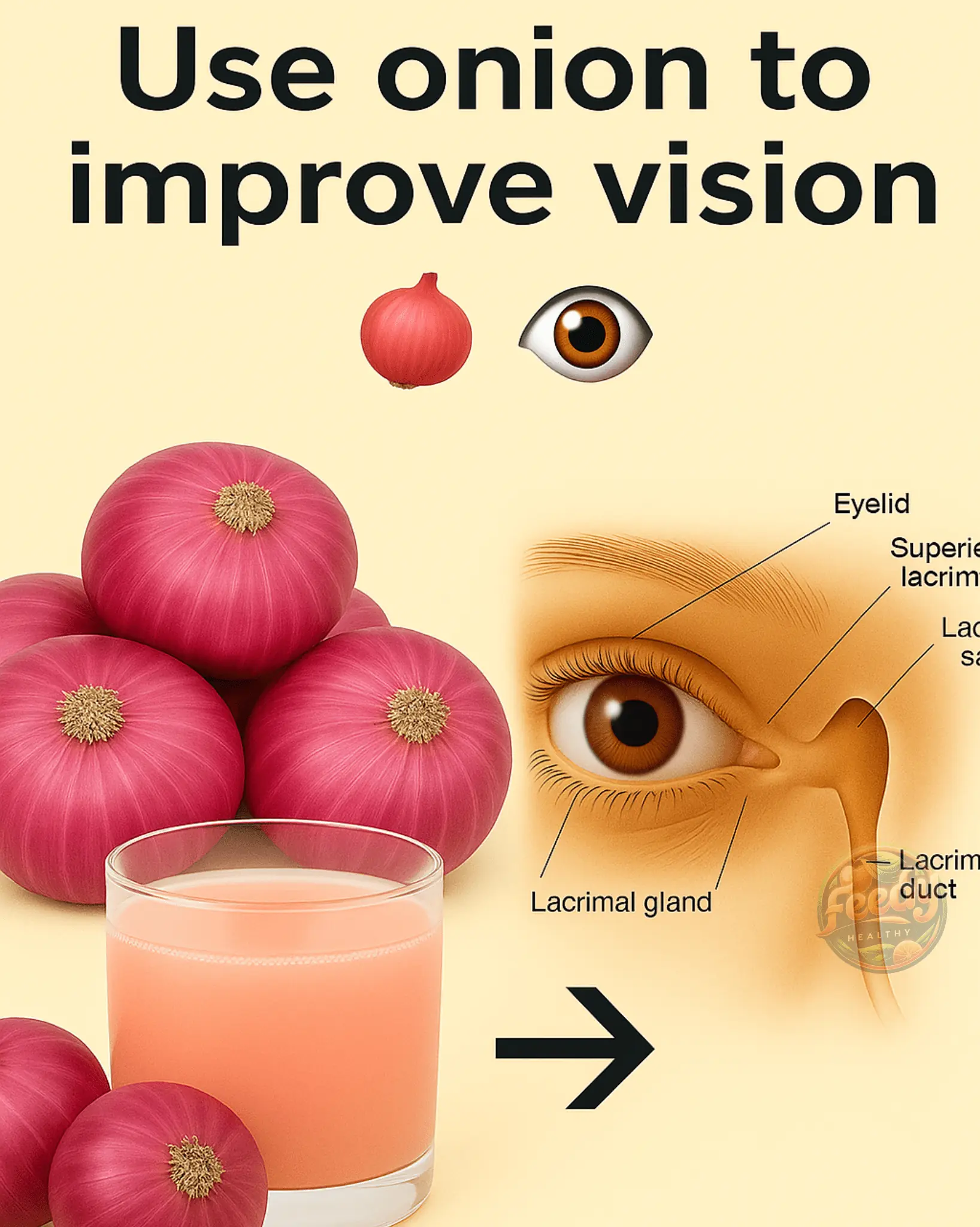
Can Onions Really Boost Your Vision?
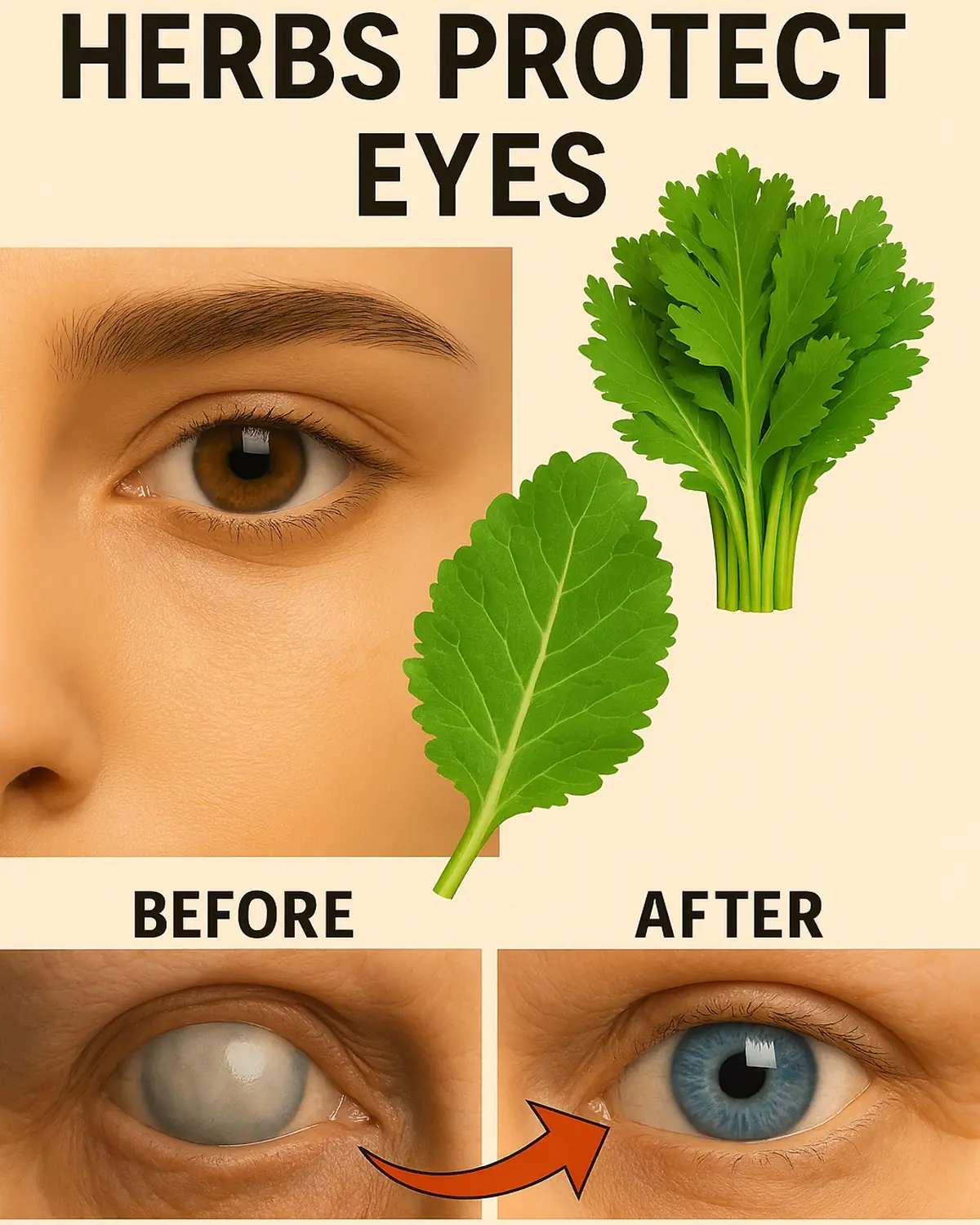
See the Difference: 5 Natural Leaves That Promote Eye Health

Soursop and Broadleaf Oregano Tea 😱😱..see more

How to Identify Real Rice from Fake: A Practical Guide

3-Step Okra Skin Care: Get Rid of Wrinkles, Large Pores & Dark Spots

Garlic, Cloves, and Ginger Destroy Toxins and Fungi in the Body! 🌿✨ Grandma’s Golden Recipe Revealed

No Maid Survived a Day With the Billionaires Triplets, Until the Black Woman Arrived and Did What No One Could

Honey Garlic Salmon & Roasted Sweet Potato Bowl 🍯🐟🍠
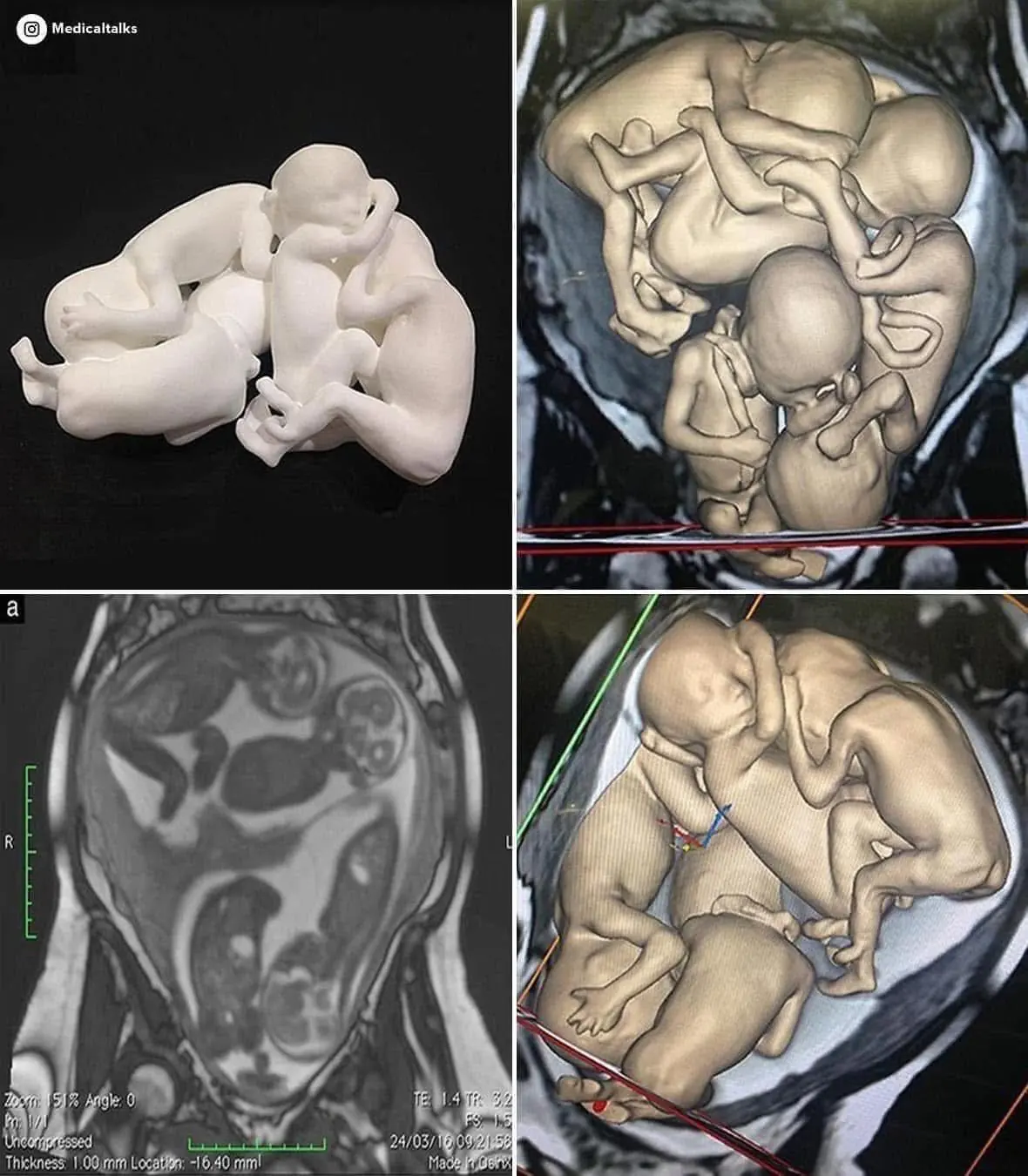
Multiple Pregnancy After IVF – The Miraculous Case of Quadruplets in France
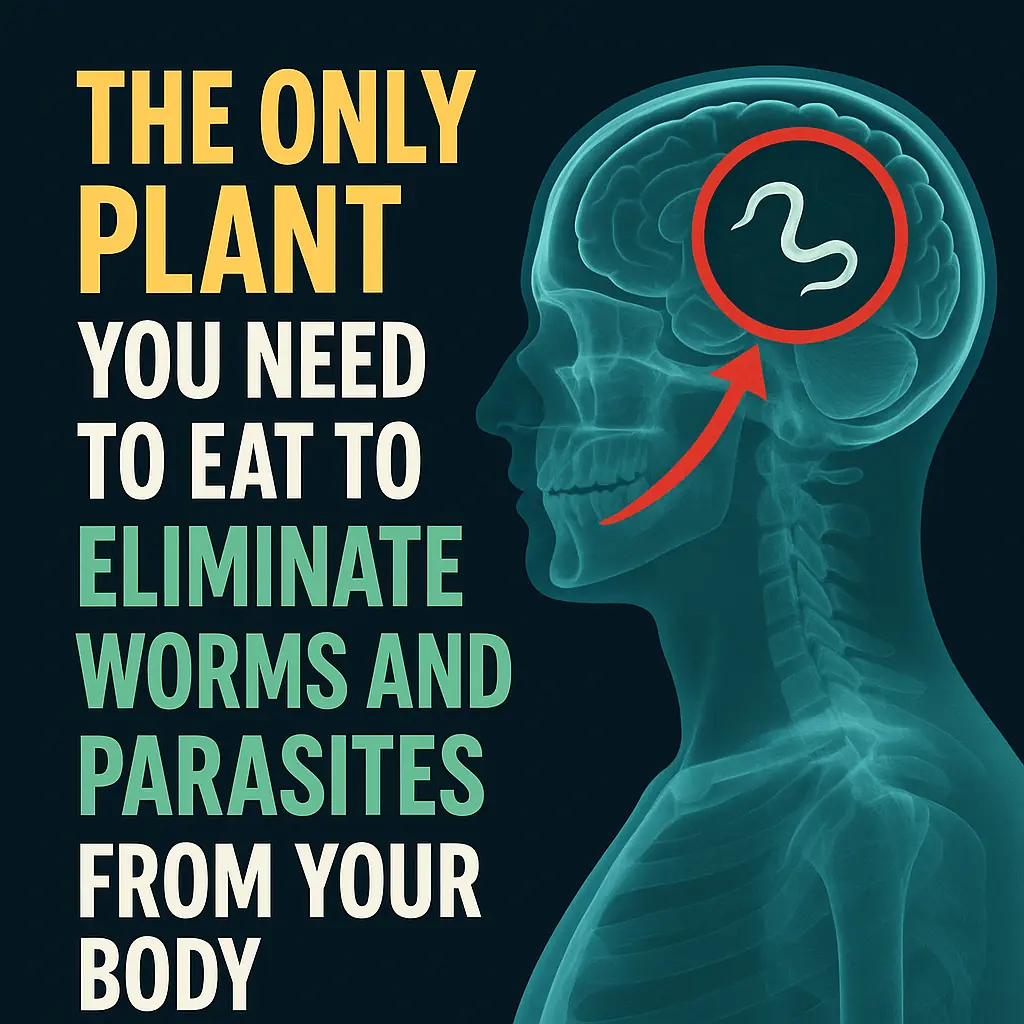
Just 2 tablespoons… Eliminate all worms and parasites from your body.

Your Feet Are Screaming for Attention: 6 Shocking Health Clues Hidden in Your Soles!
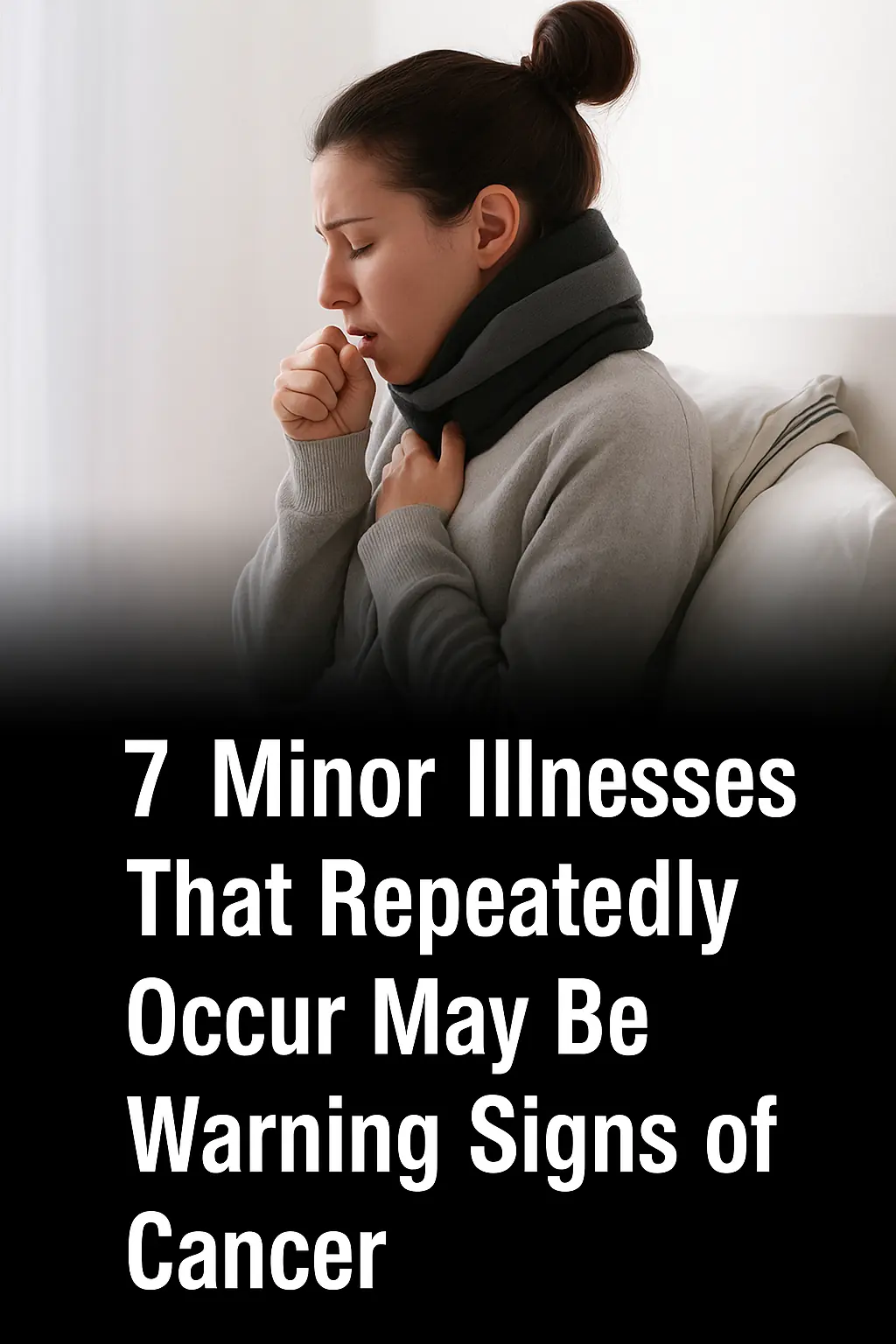
7 Minor Illnesses That Repeatedly Occur May Be Warning Signs of Cancer

8 Early Warning Signs of Nutrient Deficiency That Show Clearly on Your Body

Why Do Your Feet Itch at Night? Simple Causes and Effective Solutions
News Post

Maintenance worker finds starving dog and rushes to help: when vet lifts its paw, tears flow

Spain’s Vortex Bladeless Reinvents Wind Power with Blade-Free Turbines

Japan’s Vending Machines Equipped to Save Lives During Earthquakes

❗Avoid Cloves If You Have These Health Issues – What Doctors Rarely Warn You About

DIY Clove Wrinkle Eraser Serum – Get Younger, Glowing Skin Naturally!

Discover the Hidden Treasure in Your Home: Kalanchoe and Its Medicinal Properties

From Fear to Family: How a Rescued Pig Found Healing Among Farm Friends

My Daughter Banned Me from Seeing My Grandchild Because Her Husband Doesn't Want 'Single Mom Influence' in Their Home

Even the flies thought he was dead – his amazing recovery will make you cry

More people are dying from heart failure, doctors warn: give up these 4 habits now

7 Powerful Fruits That May Help Prevent and Fight Cancer

The little girl who fights illness every day but never loses her smile

‘Mutant deer’ with bubble skin sparks outbreak fears in US

Restore Your Vision Naturally: A Simple Ginger and Lemon Recipe
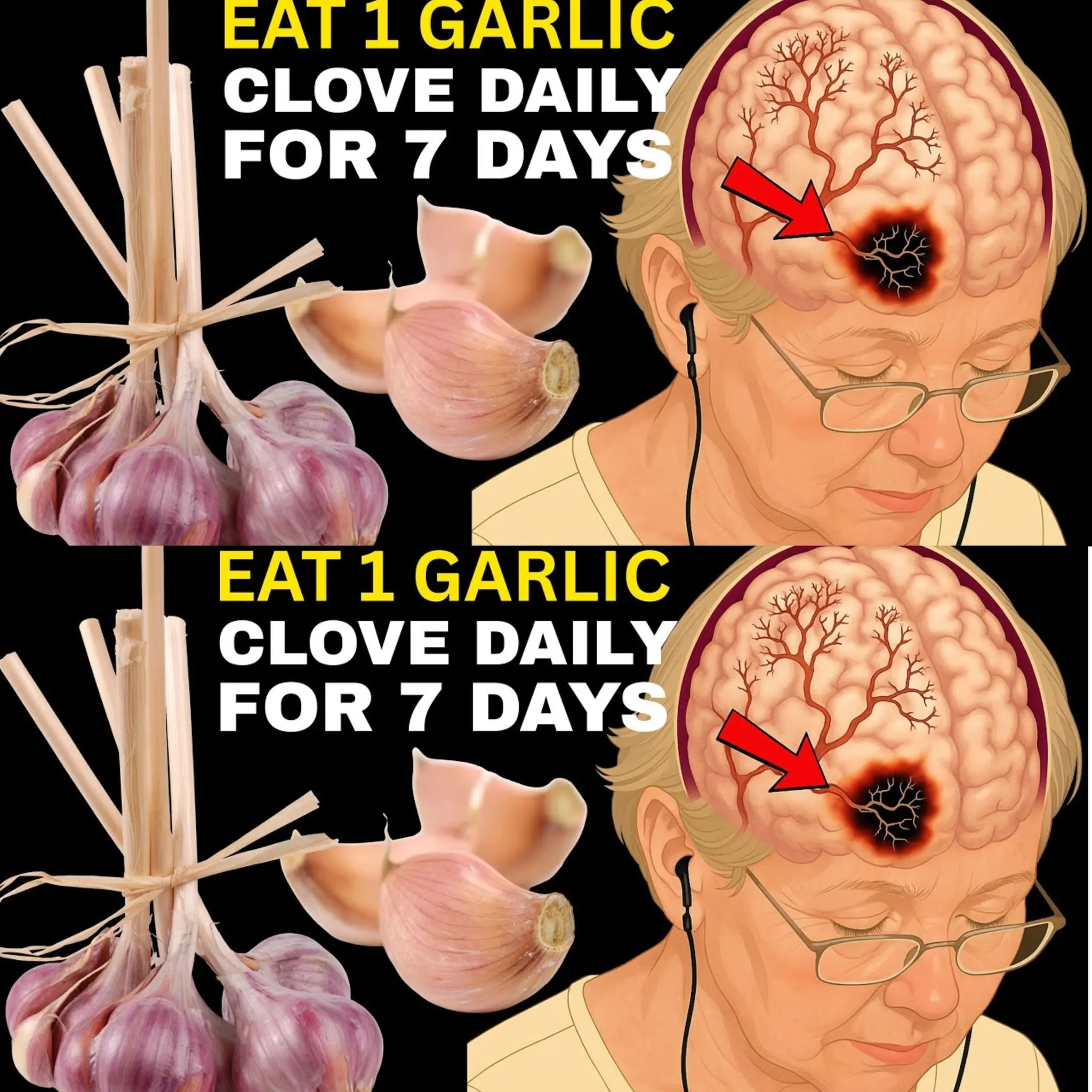
What Really Happens When You Eat One Clove of Garlic a Day for 7 Days

Mix Coffee, Garlic, and Honey and You’ll Be Thankful

🦵 Hip Pain: What Does It Mean? Common Causes & When to Seek Help

Cat, who ran into burning building five times to save her babies, is honored

